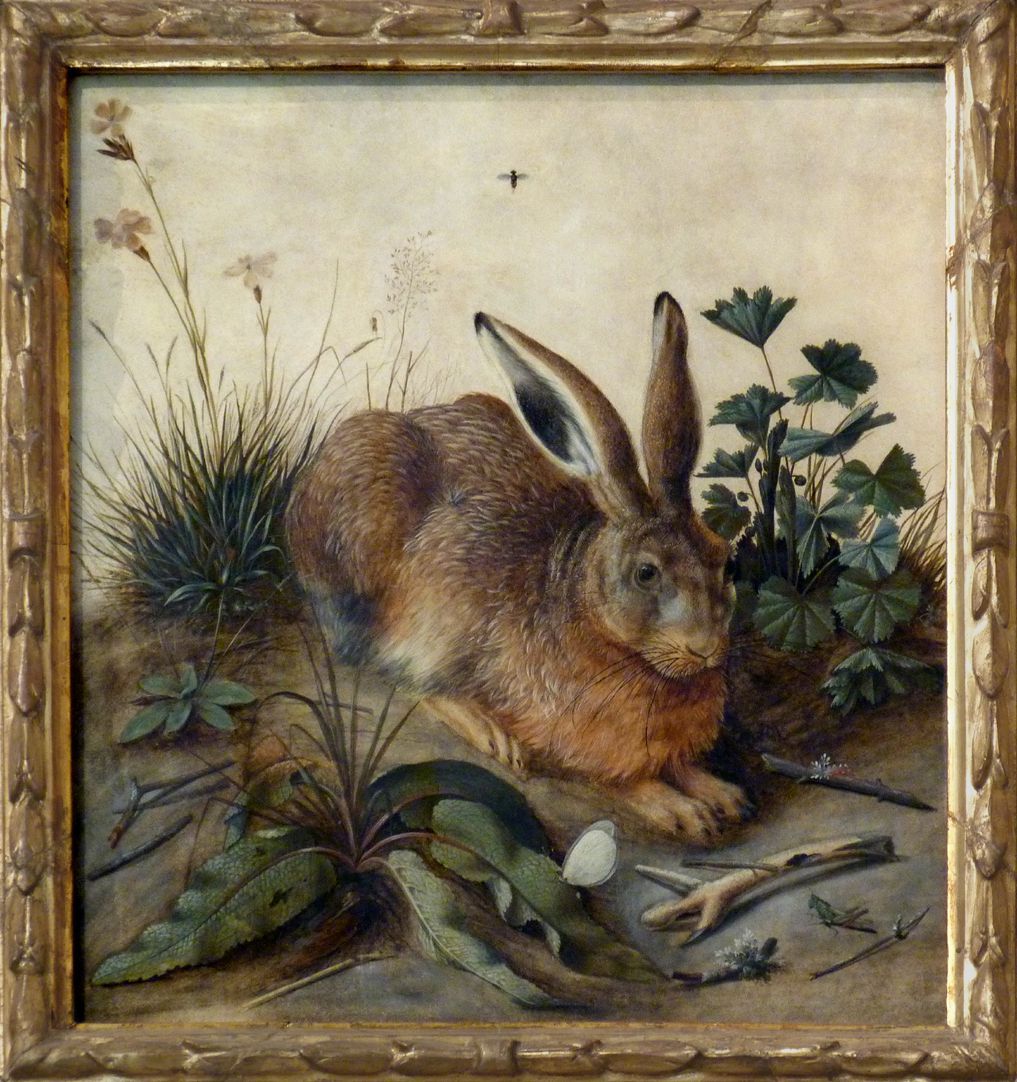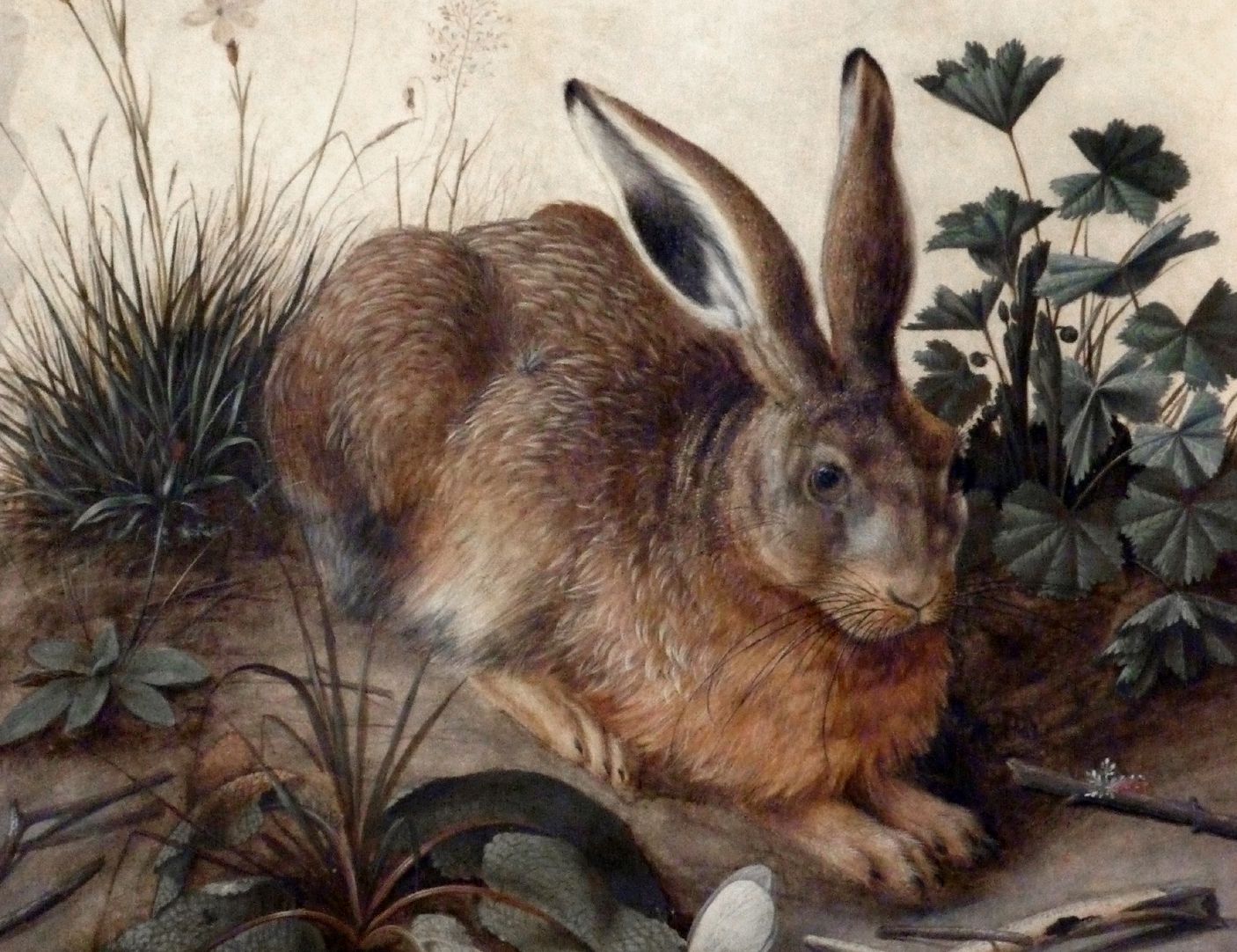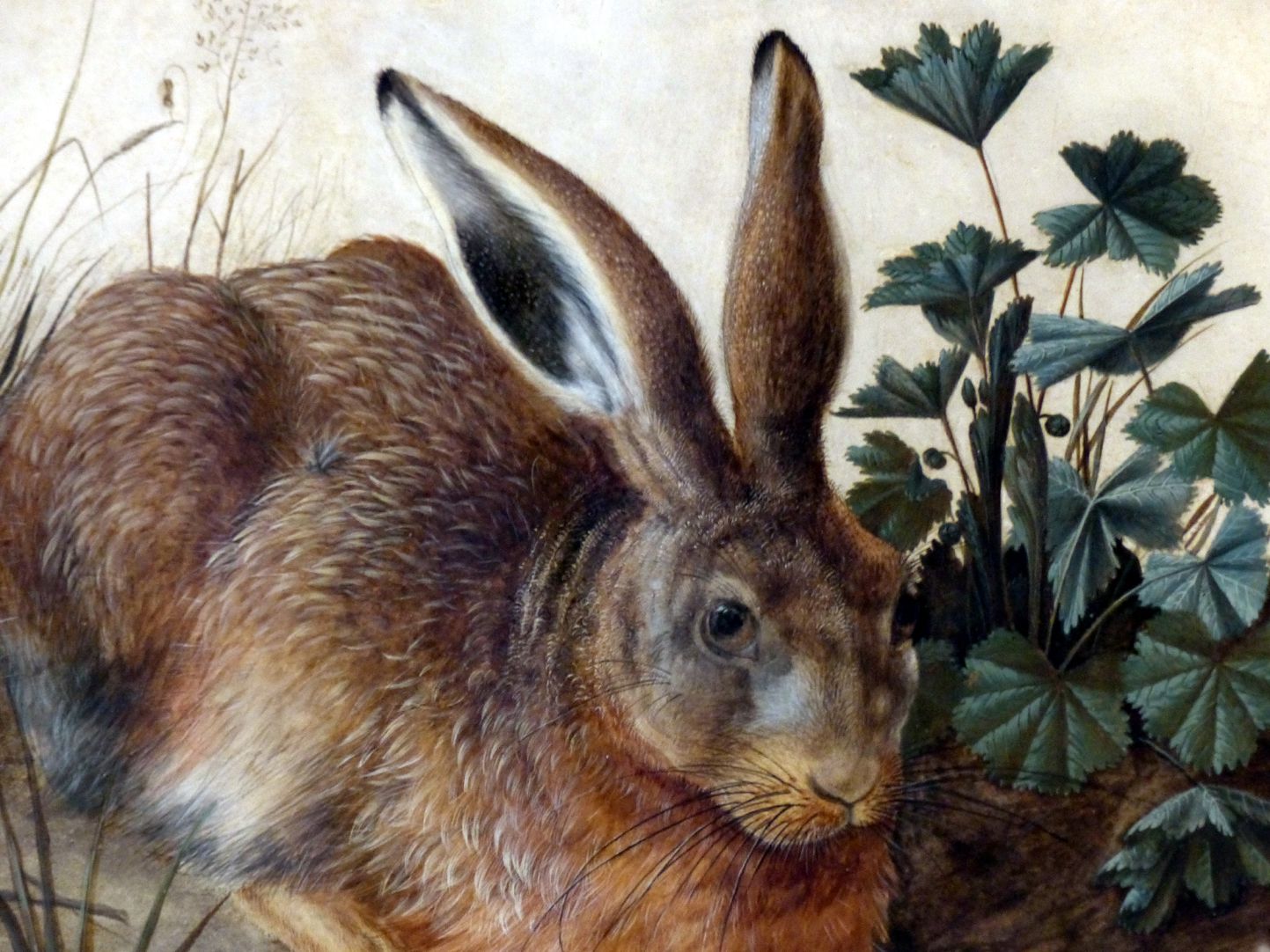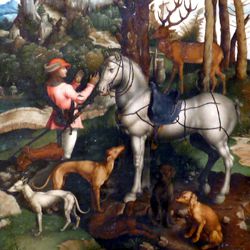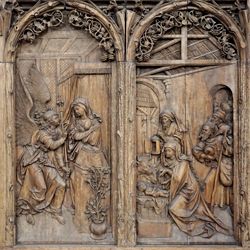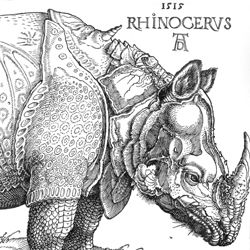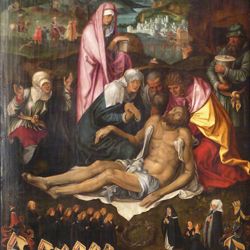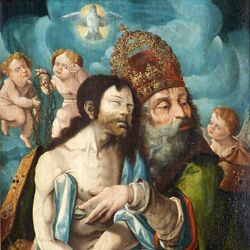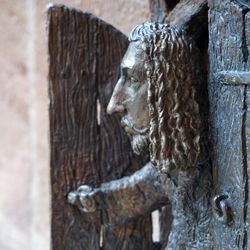The hare (Rome)
The hare (Rome)
last third of the century 16. Jh.
General view
Copy of Durer`s painting in the Albertina Vienna from 1502
Location: Rome, Galleria Corsini
Realization: Hoffmann, Hans
photo 2015, Theo Noll
The hare (Rome)
last third of the century 16. Jh.
Central field of the picture
Copy of Durer`s painting in the Albertina Vienna from 1502
Location: Rome, Galleria Corsini
Realization: Hoffmann, Hans
photo 2015, Theo Noll
The hare (Rome)
last third of the century 16. Jh.
Detail
Copy of Durer`s painting in the Albertina Vienna from 1502
Location: Rome, Galleria Corsini
Realization: Hoffmann, Hans
photo 2015, Theo Noll
The hare (Rome)
last third of the century 16. Jh.
Detail
Copy of Durer`s painting in the Albertina Vienna from 1502
Location: Rome, Galleria Corsini
Realization: Hoffmann, Hans
photo 2015, Theo Noll
